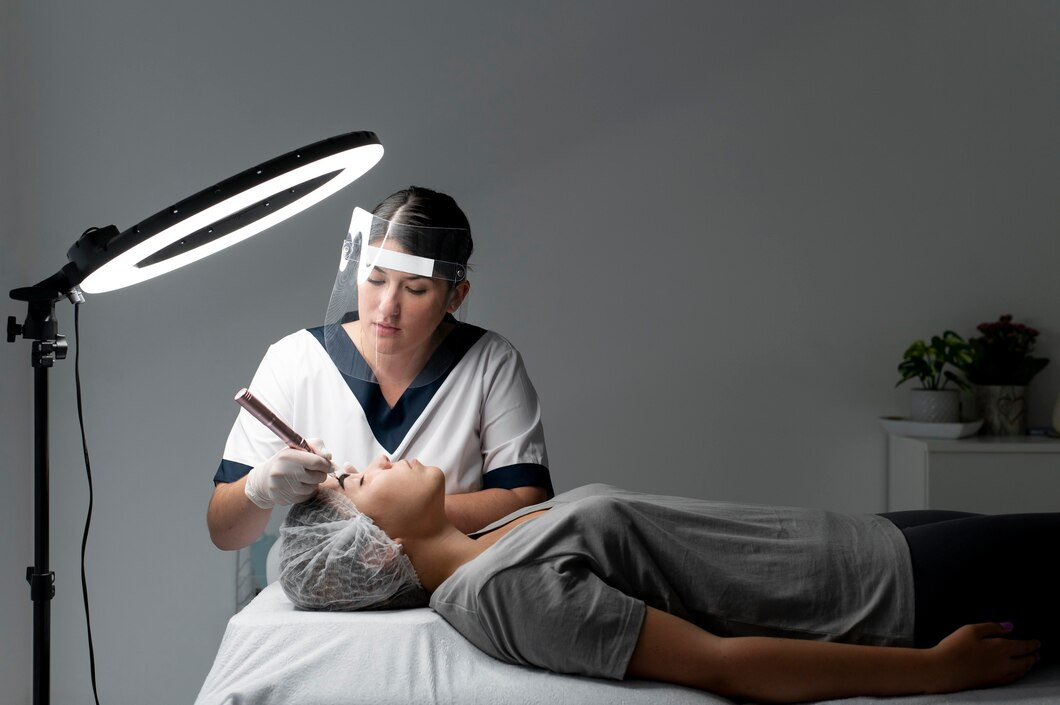
Brazil Aesthetic Devices Market Summary 2025
Market Size in 2024: USD 184.6 Million
Market Forecast in 2033: USD 438.8 Million
Market Growth Rate 2025-2033: 10.10%
Brazilian demand for aesthetic devices is accelerating on the back of rising disposable income, medical tourism, and a cultural shift toward preventive beauty care. The 2024 Brazil aesthetic devices market valuation of USD 184.6 million is projected to more than double by 2033, reflecting a robust compound annual growth rate of 10.10%. This trajectory positions Brazil as the fastest-growing aesthetic device arena in Latin America, underpinned by an expanding network of certified clinics and rapid adoption of energy-based technologies.
Growth Drivers Shaping the Brazilian Aesthetic Devices Market
Surging Medical Tourism Receipts
Government data show Brazil welcomed 1.3 million health-oriented visitors in 2023, with aesthetic procedures representing 38 percent of total interventions. The Ministry of Tourism’s “Health Brazil 2024” incentive grants tax breaks to 312 accredited clinics that derive at least 30 percent revenue from foreign patients. These facilities are upgrading to diode lasers, fractional radio-frequency, and high-intensity focused ultrasound to meet global safety benchmarks, directly lifting device imports. Average foreign spend per aesthetic patient rose 22 percent year-on-year, encouraging clinics to reinvest in multi-application platforms that shorten downtime and support bilingual staff. Consequently, equipment suppliers are localizing service hubs in São Paulo and Rio de Janeiro to shorten replacement cycles, amplifying recurring hardware sales.
Regulatory Fast-Track for Energy-Based Devices
ANVISA’s 2023 RDC 731 resolution created a dedicated pathway for Class III and IV aesthetic equipment, trimming approval timelines from 420 to 180 days. Since enactment, 47 new laser and radio-frequency systems have gained clearance, double the 2022 tally. The agency now accepts FDA 510(k) or CE dossiers in Portuguese, eliminating redundant local trials and cutting compliance costs by roughly 35 percent. Domestic start-ups such as BTL Brasil and academic spin-offs are leveraging the expedited route to launch home-grown platforms at 20-30 percent lower price points, intensifying competitive pressure and accelerating technology refresh rates across outpatient centers.
Employer-Sponsored Wellness Credits
Brazil’s 2021 labor reform allows companies to channel up to 10 percent of their statutory FGTS education funds into employee wellness programs. Data from the Brazilian Association of Human Resources reveal that 28 percent of corporations with more than 500 employees now subsidize non-invasive aesthetic treatments as part of mental-health and retention strategies. Average corporate voucher values of BRL 2,400 per worker per year are driving demand for lunchtime procedures such as cryolipolysis, intense pulsed hair removal, and micro-focused ultrasound. Clinics report that voucher-funded visits account for 18 percent of 2024 session volume, prompting group purchases of compact tabletop devices that fit existing dermatology suites and generate incremental recurring revenue through consumable tips.
Request a Free Sample Copy of the Report: https://www.imarcgroup.com/brazil-aesthetic-devices-market/requestsample
Brazil Aesthetic Devices Market Segmentation
Analysis by Type of Device:
Energy-based Aesthetic Device
Laser-based Aesthetic Device
Radiofrequency (RF)-based Aesthetic Device
Light-based Aesthetic Device
Ultrasound Aesthetic Device
Non-energy-based Aesthetic Device
Botulinum Toxin
Dermal Fillers and Aesthetic Threads
Chemical Peels
Microdermabrasion
Implants
Others
Analysis by Application:
Skin Resurfacing and Tightening
Body Contouring and Cellulite Reduction
Hair Removal
Tattoo Removal
Breast Augmentation
Others
Analysis by Region
Southeast
South
Northeast
North
Central-West
Competitive Landscape:
The competitive landscape of the industry has also been examined along with the profiles of the key players.
Brazil Aesthetic Devices Market News
In May 2024, ANVISA approved the first Brazilian-made picosecond laser for tattoo removal, cutting import dependency for high-speed pigment devices.
São Paulo’s municipal government launched a green-clinic certification in March 2024, offering property-tax rebates to aesthetic centers that adopt energy-efficient radio-frequency systems.
The 2024 Brasil Beauty Expo hosted 480 device exhibitors, a 25 percent increase over 2023, highlighting surging domestic demand for combination laser-radiofrequency platforms.
A June 2024 joint venture between a Rio-based med-spa chain and a Portuguese device maker will assemble cryolipolysis units locally, targeting price-sensitive northeast markets.
The Ministry of Health expanded post-partum aesthetic care coverage in July 2024, allowing SUS-affiliated hospitals to offer non-invasive scar revision using fractional lasers.
Key highlights of the Report:
Market Performance (2019-2024)
Market Outlook (2025-2033)
COVID-19 Impact on the Market
Porter’s Five Forces Analysis
Strategic Recommendations
Historical, Current and Future Market Trends
Market Drivers and Success Factors
SWOT Analysis
Structure of the Market
Value Chain Analysis
Comprehensive Mapping of the Competitive Landscape
Note: If you need specific information that is not currently within the scope of the report, we can provide it to you as part of the customization.
About Us:
IMARC Group is a global management consulting firm that helps the world’s most ambitious changemakers to create a lasting impact. The company provide a comprehensive suite of market entry and expansion services. IMARC offerings include thorough market assessment, feasibility studies, company incorporation assistance, factory setup support, regulatory approvals and licensing navigation, branding, marketing and sales strategies, competitive landscape and benchmarking analyses, pricing and cost research, and procurement research.



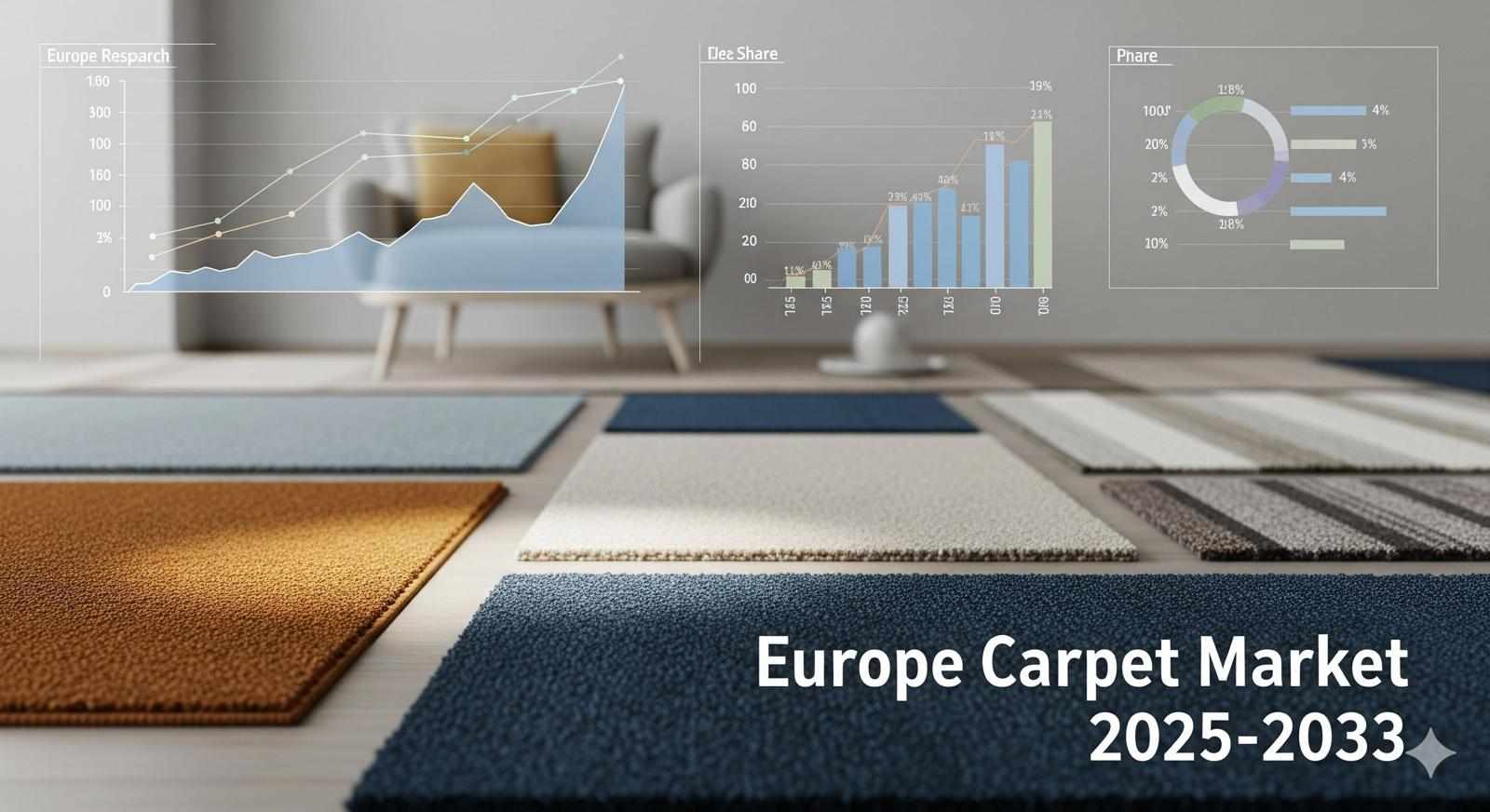
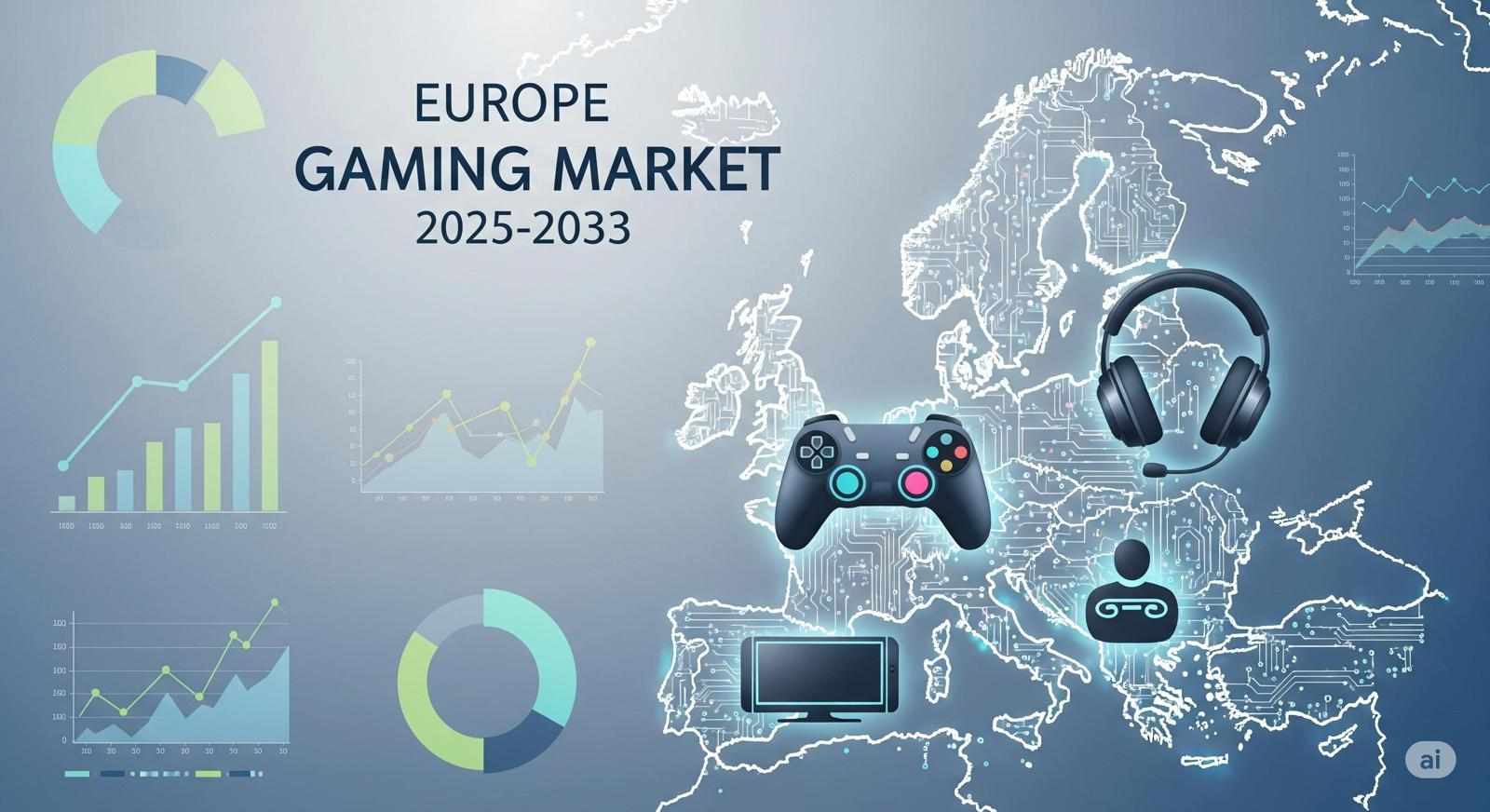

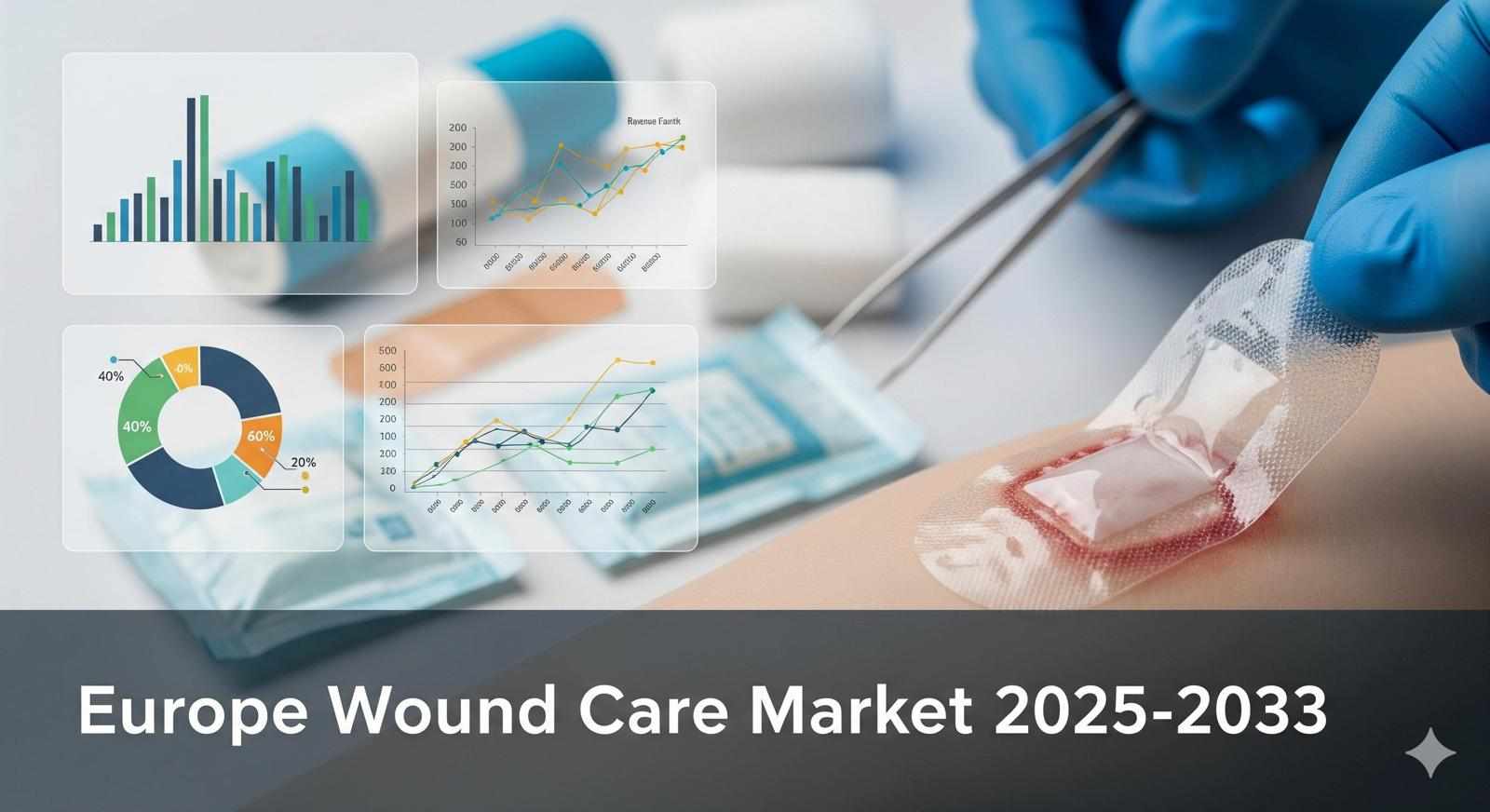

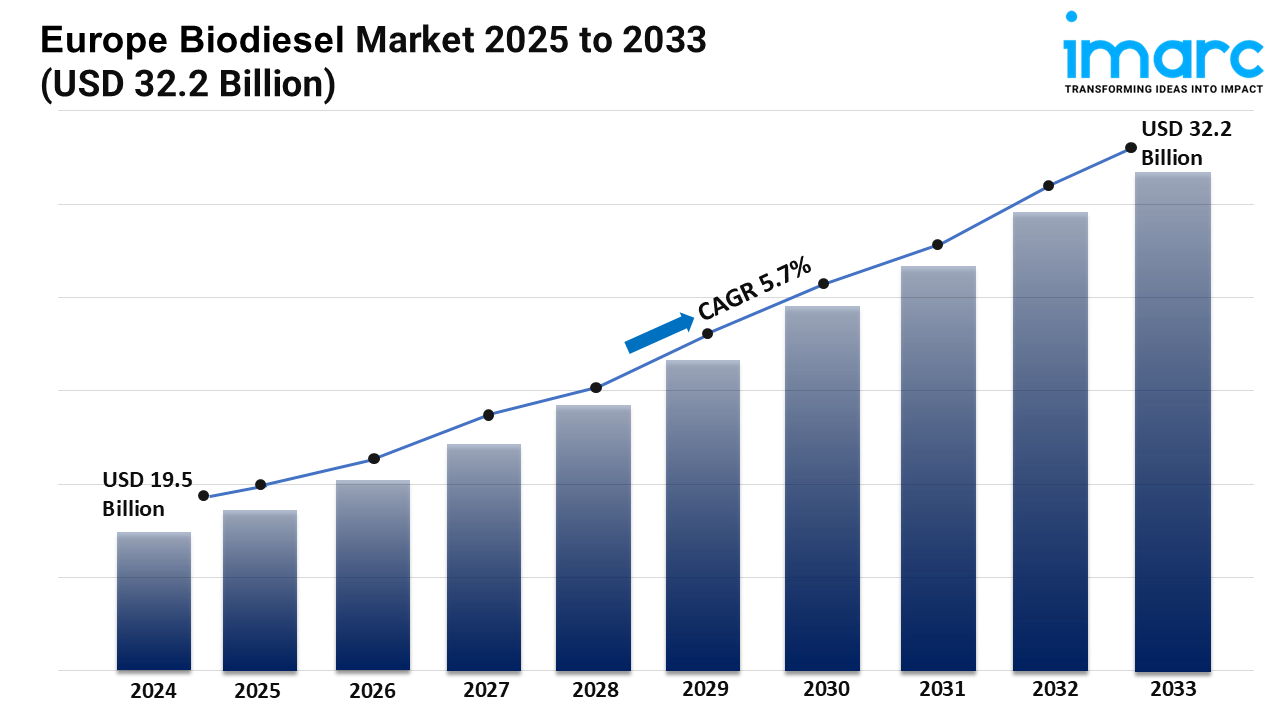
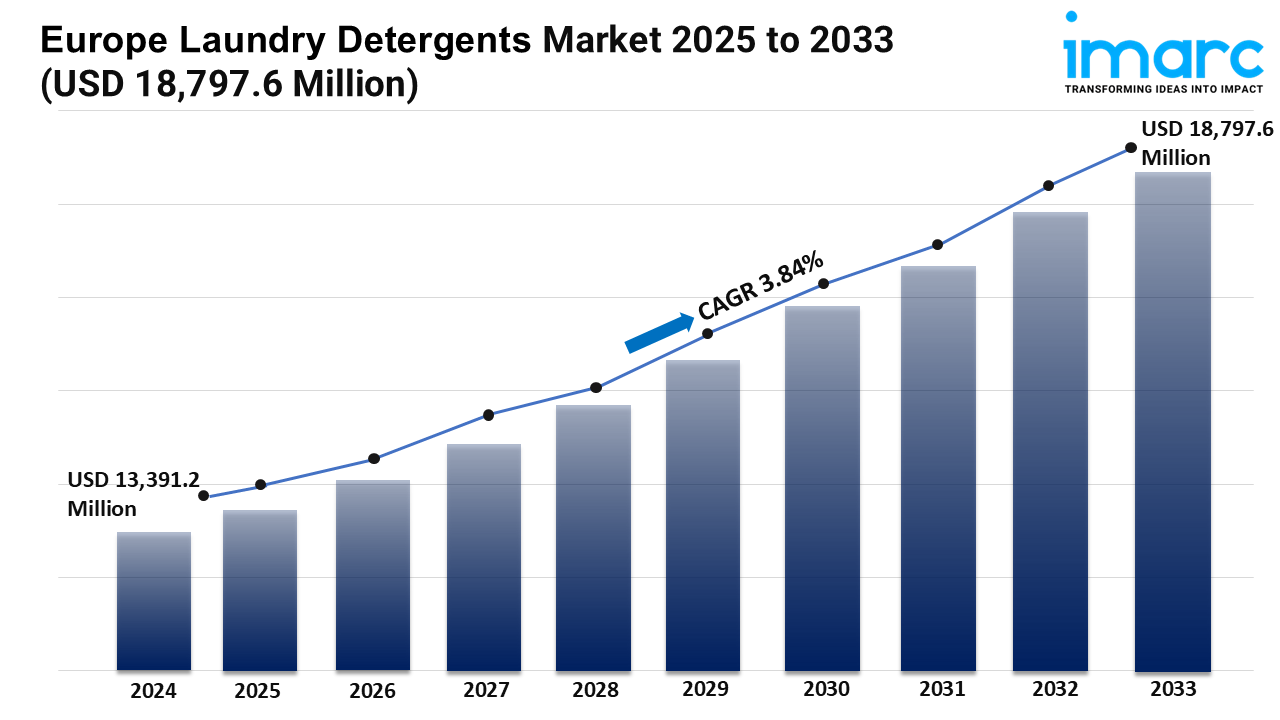
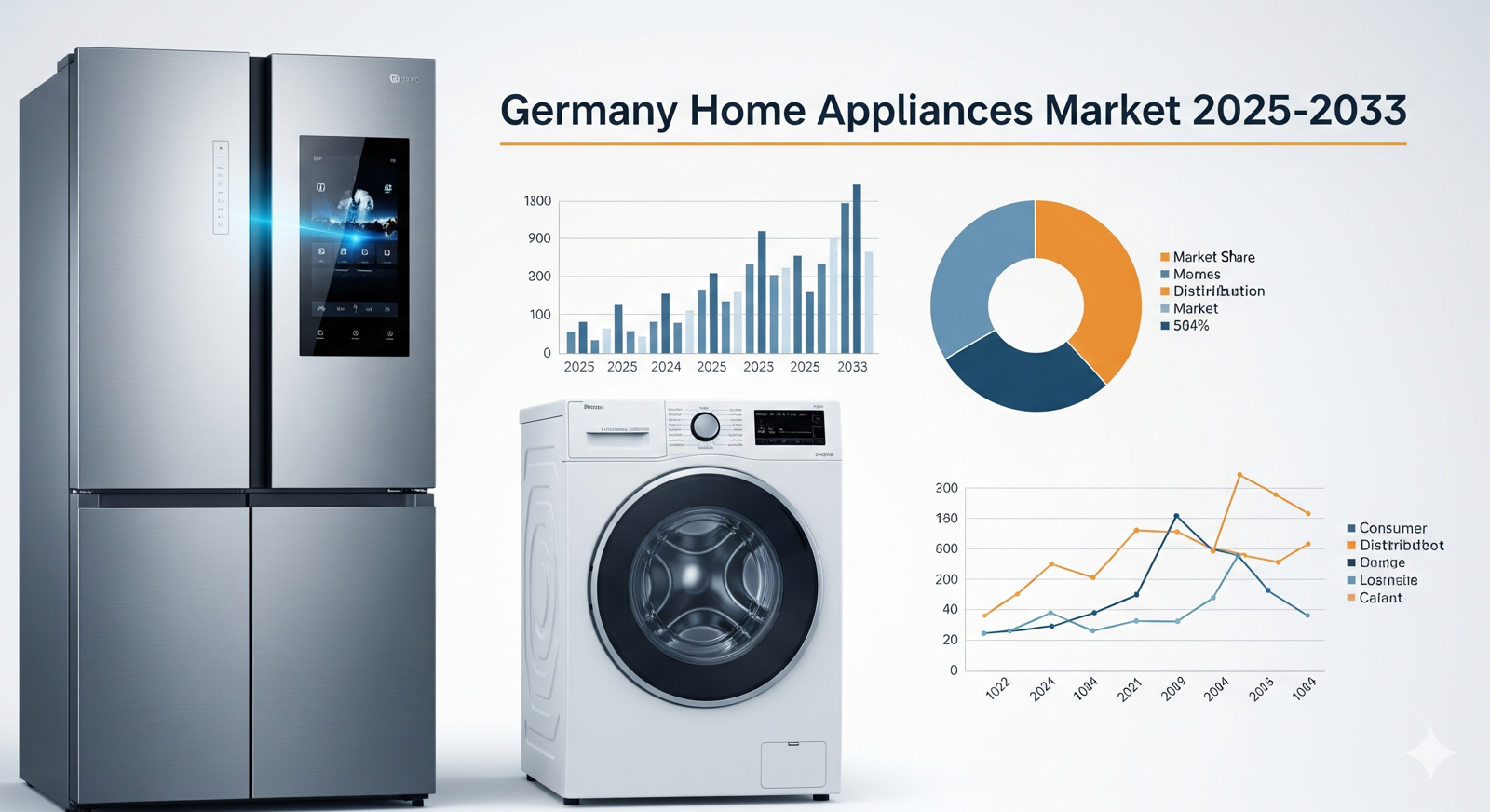
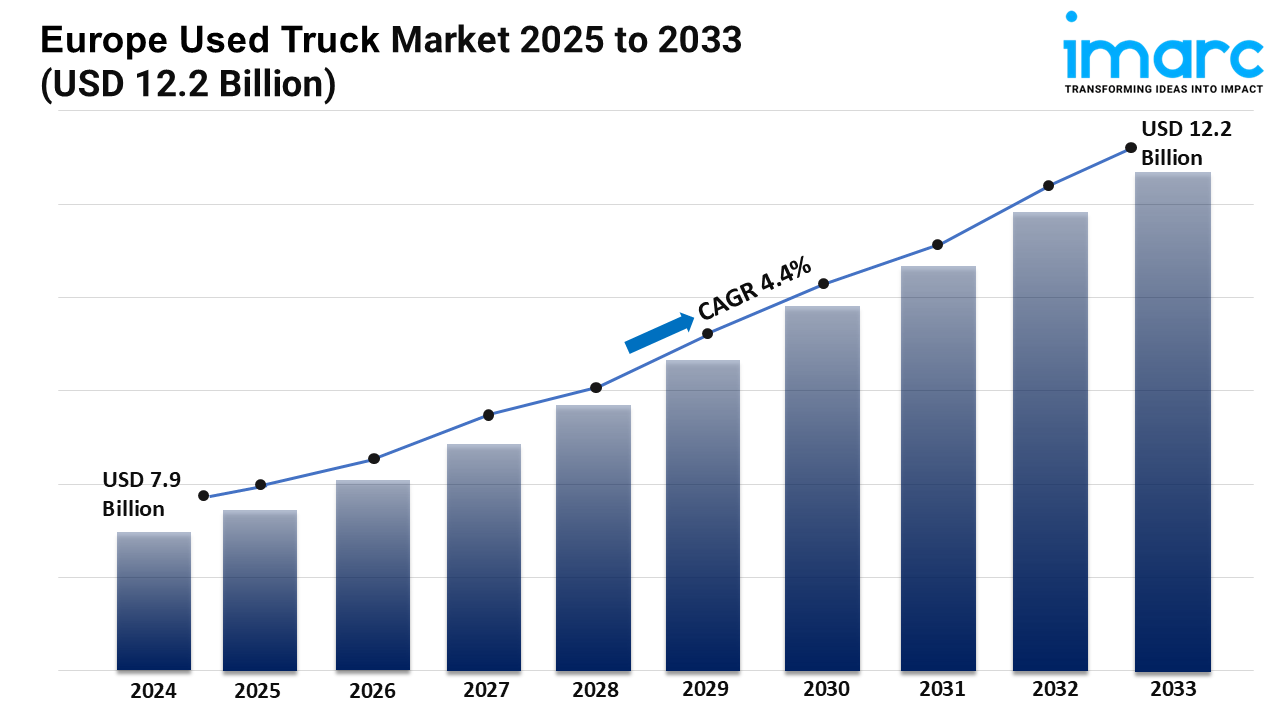
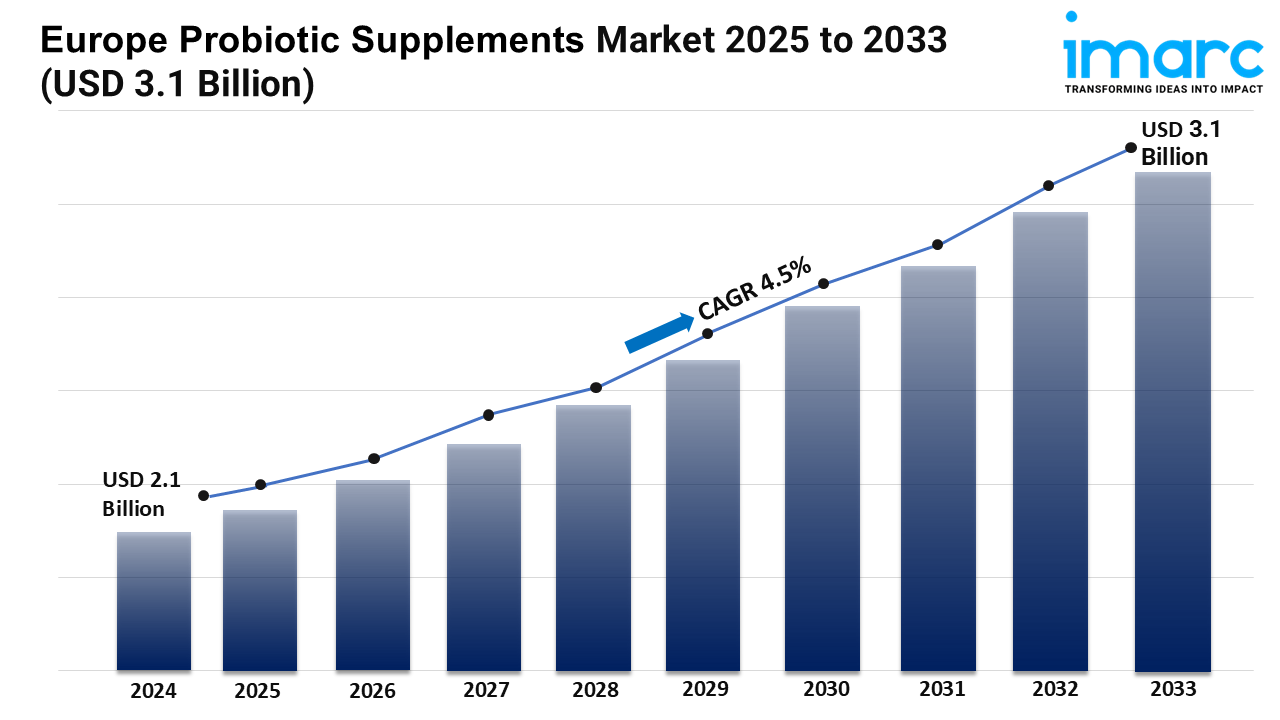
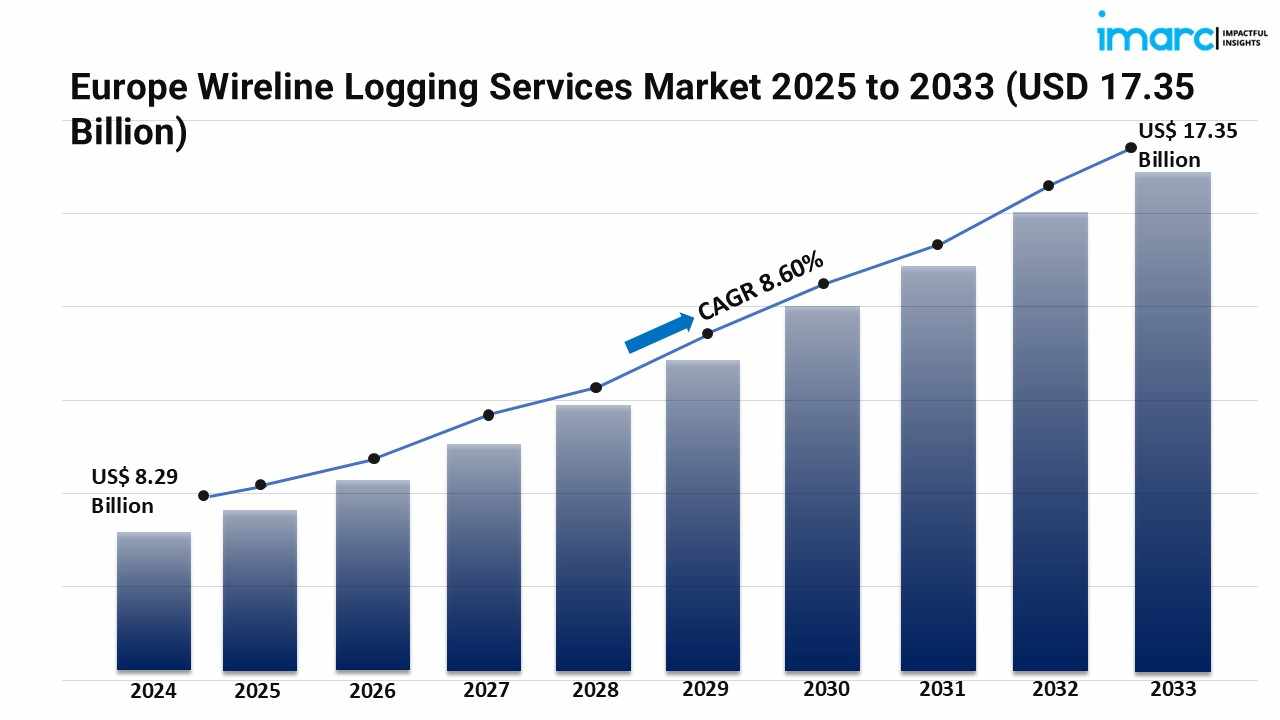
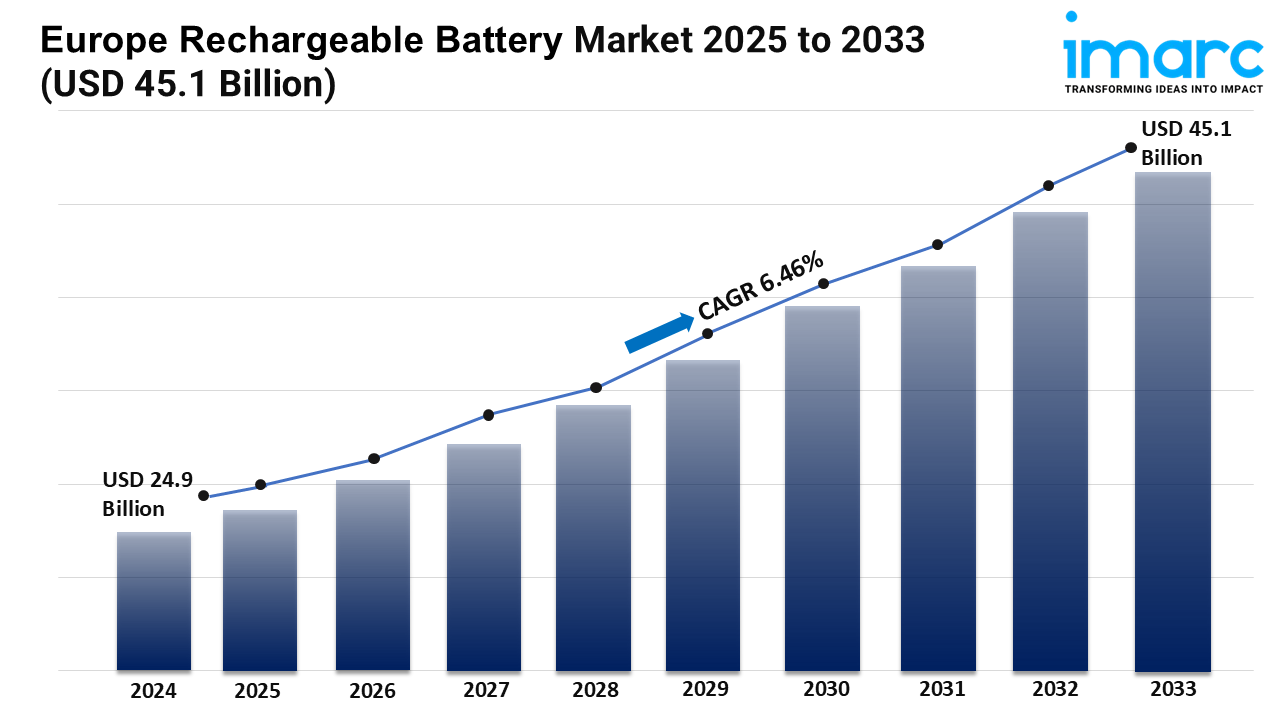
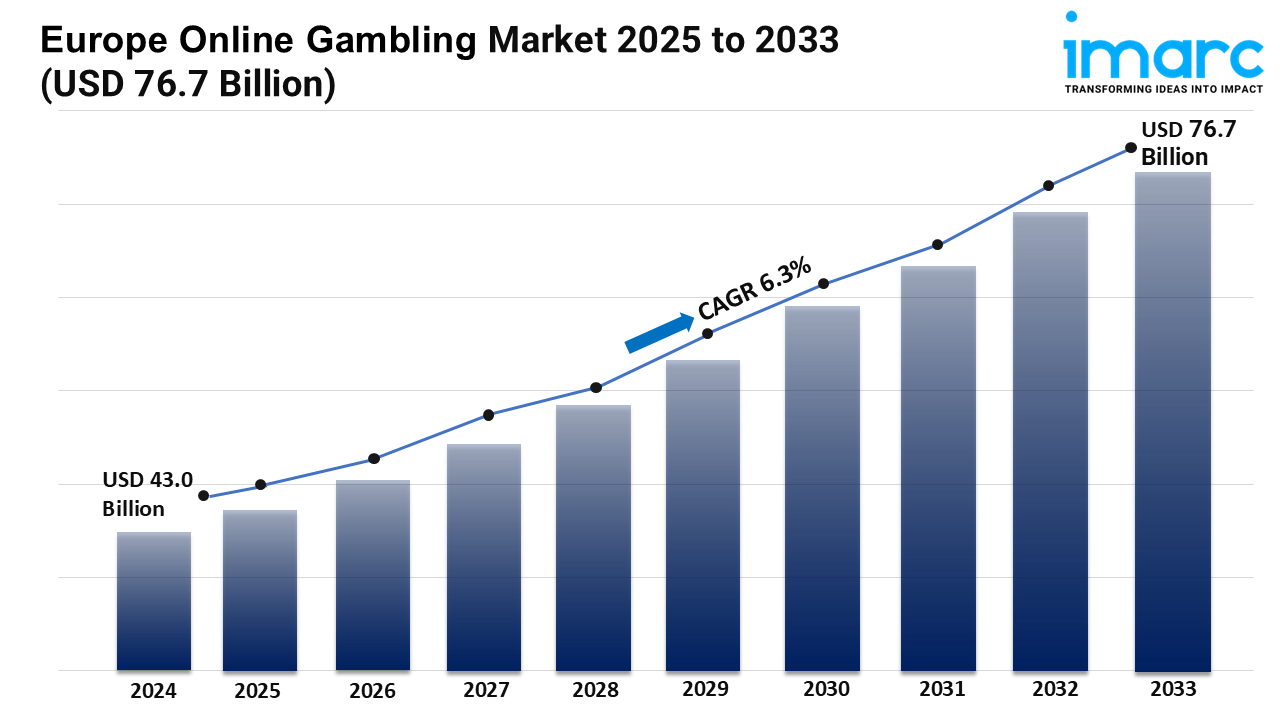




Write a comment ...